We've found 1000 matches for your search. Order by
Results
-
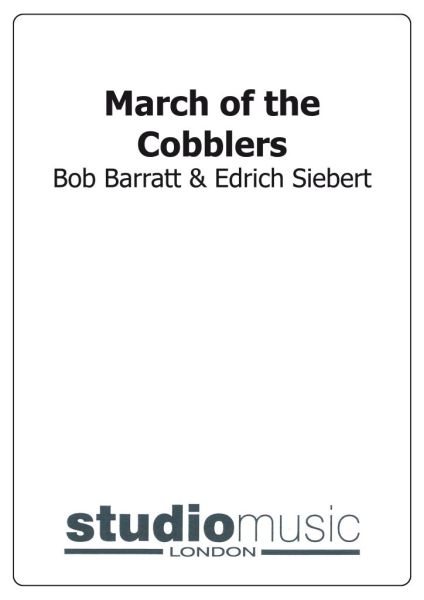 £24.95
£24.95 -
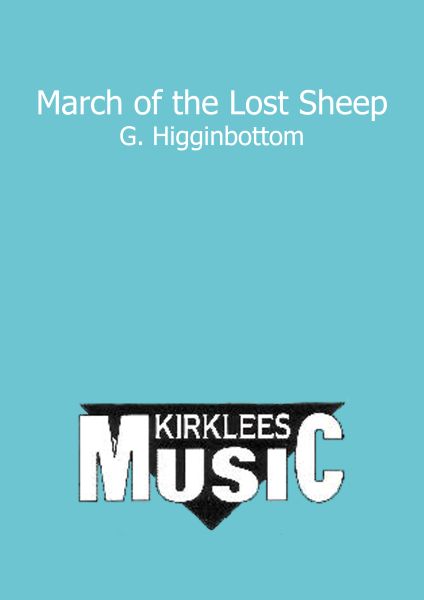 £25.00
£25.00March of the Lost Sheep
Estimated dispatch 7-14 working days
-
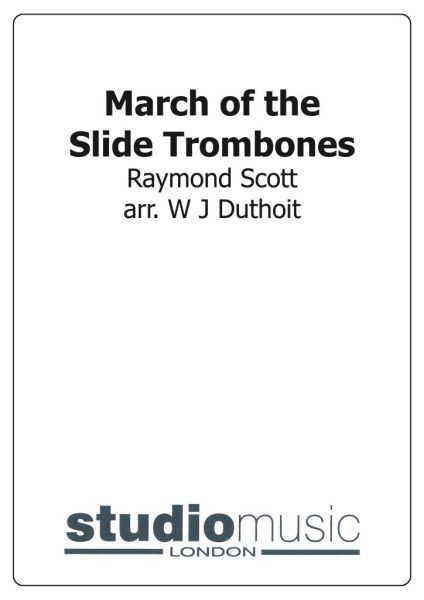 £24.95
£24.95 -
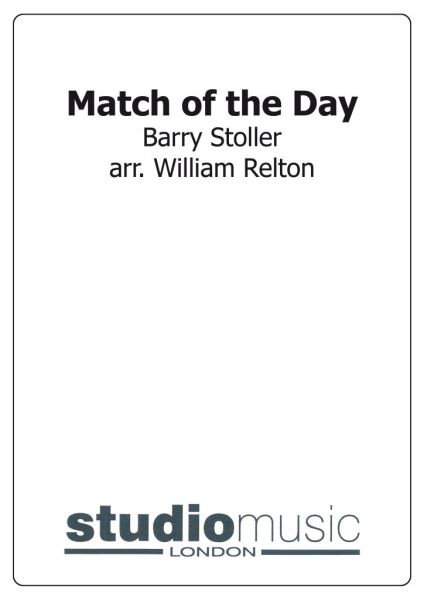 £24.95
£24.95 -
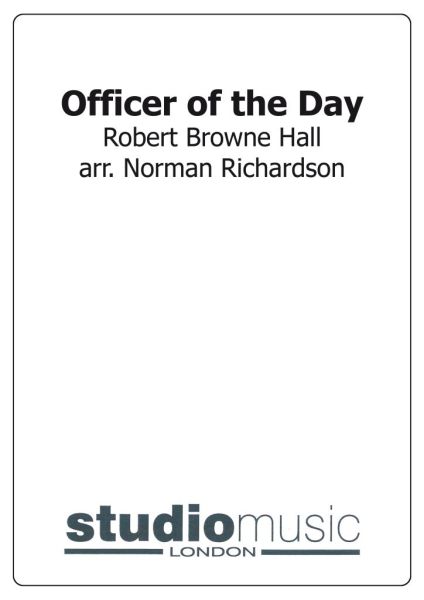 £24.95
£24.95 -
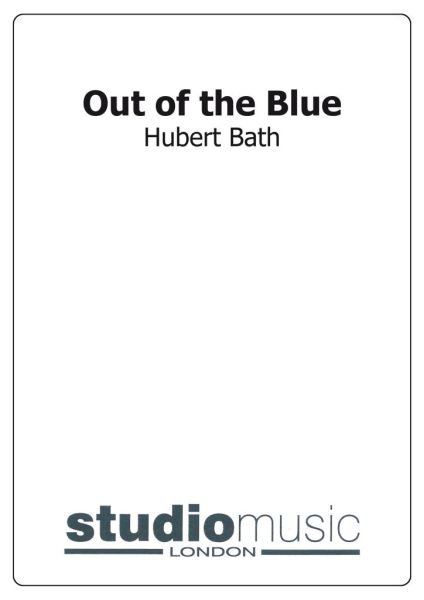 £24.95
£24.95 -
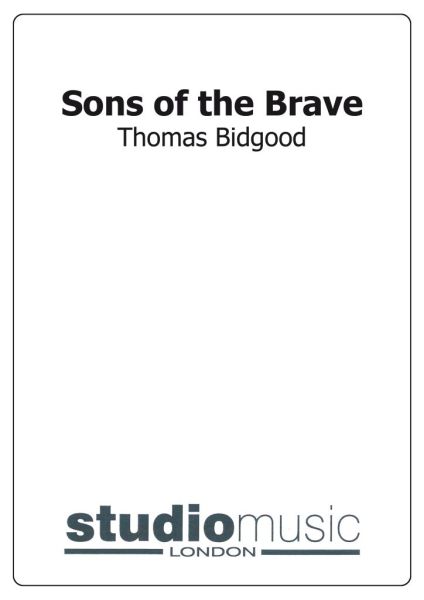 £24.95
£24.95 -
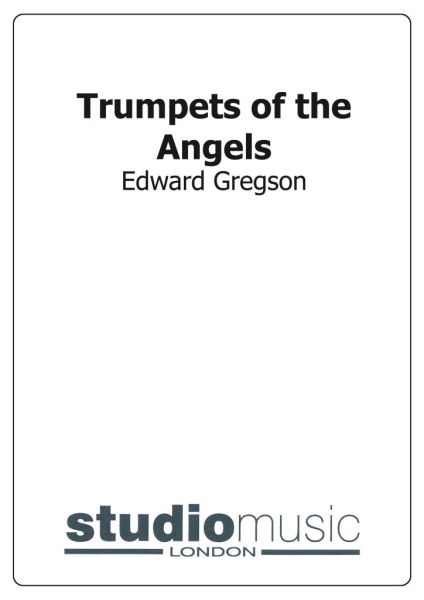 £89.95
£89.95Trumpets of the Angels (Score and Parts)
Estimated dispatch 7-14 working days
-
£44.95
Trumpets of the Angels (Score Only)
Estimated dispatch 7-14 working days
-
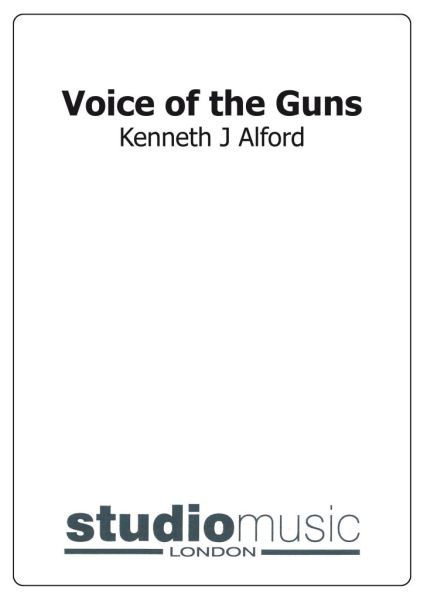 £24.95
£24.95
